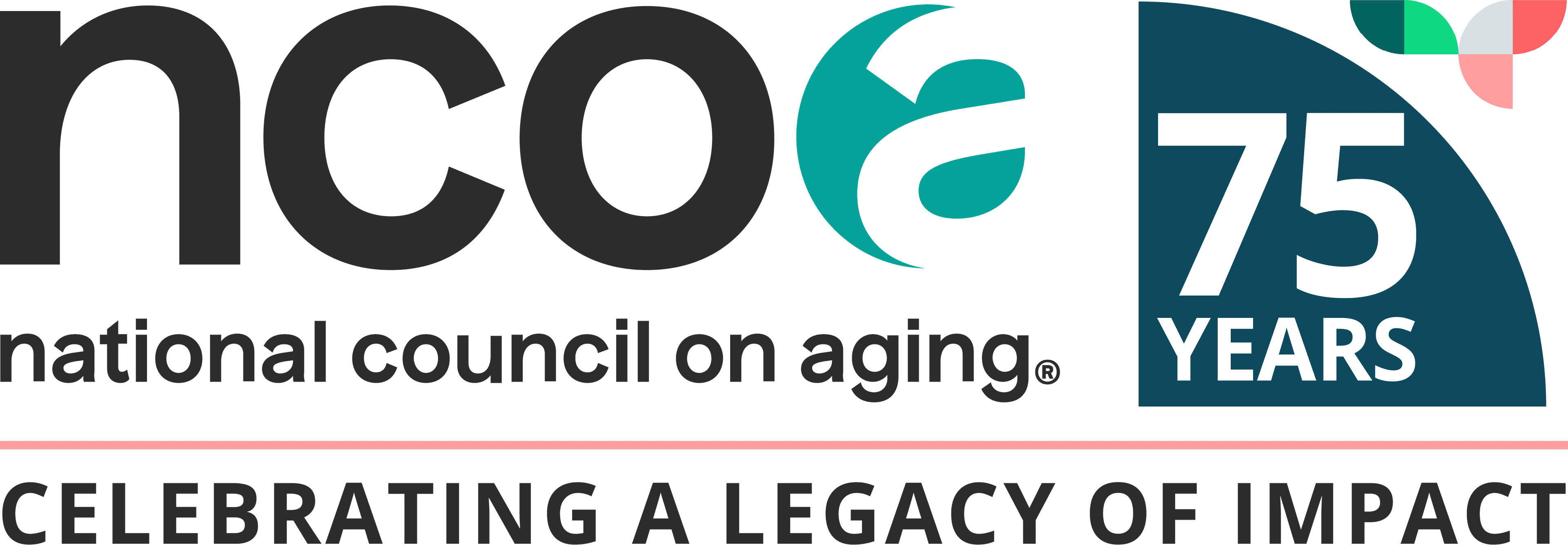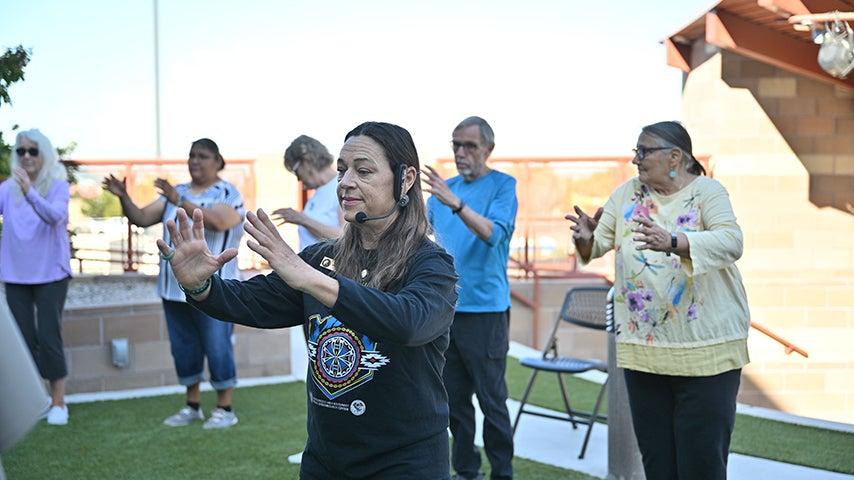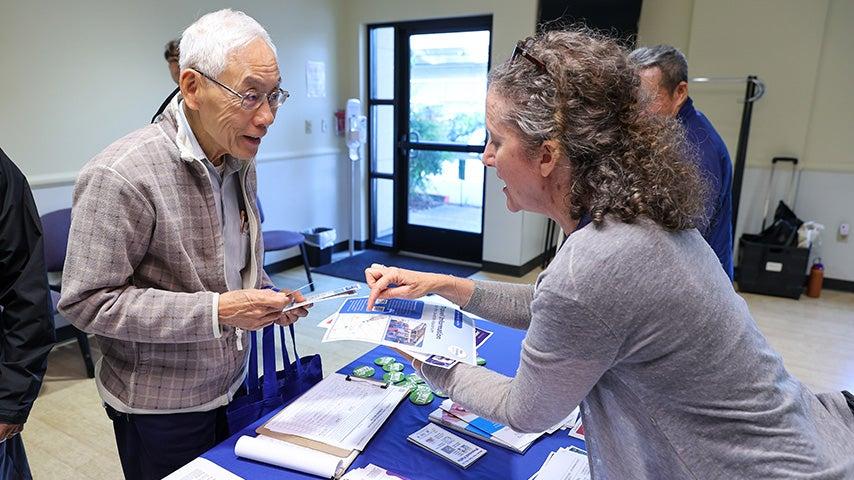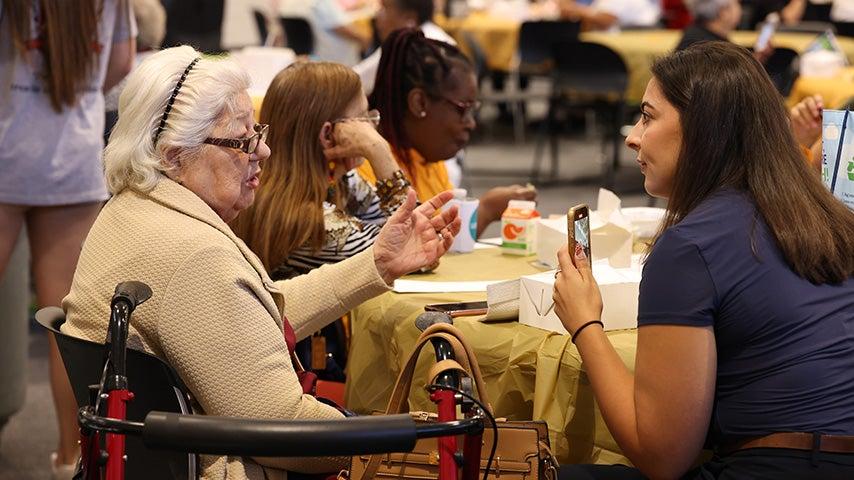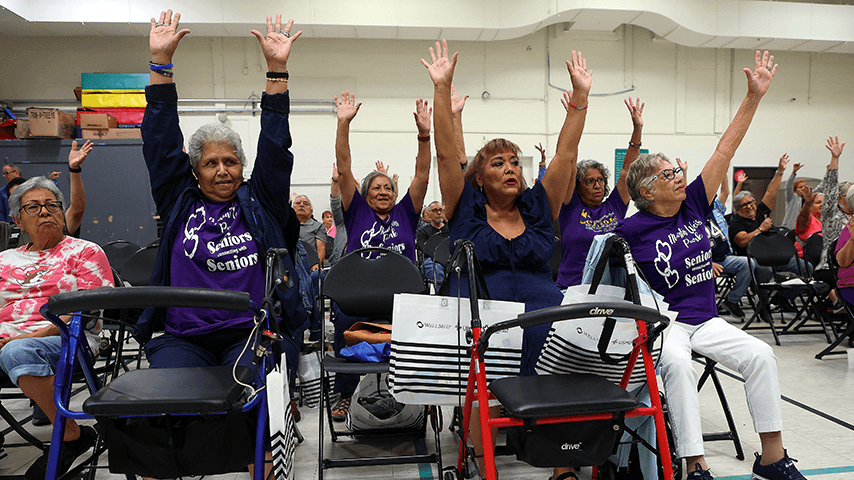
Related Topics
There are many ways to get the word out about preventing falls. Has your organization considered putting together a Falls Prevention Day of Action? A Day of Action might include a health fair with falls risk screenings, educational presentations, Tai Chi demonstrations, and other activities to engage your community. These events are great vehicles for increasing public awareness about falls and reducing their risks to older adults.
You may be thinking, “this sounds great—but where do I start?” Executing an entire Day of Action can seem intimidating, but with careful planning, it can be an amazing opportunity to connect with members of your community and reach the people who need to hear falls prevention messaging in a unique way.
Setting goals
The first step to planning any event is to lay out your goals. It might seem like a simple step—but it’s also the most crucial. Without clear goals, the event can easily get off track, or you could end up trying to do too much while missing your target audience.
Start by asking yourself:
- What is your ultimate end goal? For example, are you more interested in generating public awareness about common falls risks, or connecting people in the community to resources?
- What would help advance your organization's goals and mission? You might think about providing falls risk screenings, like balance screenings, hearing and vision tests, medication reviews, and footwear checks, or connecting attendees to nearby programs and services that can help. You can also have attendees complete a FallsFree CheckUp assessment and track how many are submitted. Download copies of the assessment in English and Spanish.
- Who is your target audience? Is there a certain community or neighborhood you want to focus on?
- After answering 1 and 2: will an in-person event help make progress towards your end goal? Would something else work better for your target audience?
- How much capacity do you have to implement a campaign? Determine what 2-3 tactics your team has the capacity and expertise to invest time in.
- Are there any existing partnerships your organization has that you can tap into? Think about the roles these partners might have in your event and the skills or resources they bring to the table.
- Are there organizations working closely with your target audience that you can reach out to and explore new partnerships with? Collaboration with organizations that share your goals can be mutually beneficial.
Campaign planning
Now that you’ve identified your goals, it’s time to get started on planning the event. Starting early is key—make sure the date is set in stone no later than three months ahead of time. This ensures adequate time for outreach to partners, materials development and distribution, and coordination of day-of logistics.
You can use this sample outline to plan your campaign and event. Be sure to replace the existing text with your campaign’s own goals and metrics.
Campaign tactics
Earned media
Create a detailed media advisory for your event with key information, including the “five W’s”: who, what, where, when, and why. Compile a list of spokespeople who can be available to speak with reporters on the day of the event. You can find a sample media advisory here.
You can work with local partners to identify older adults and/or their family members and caregivers who may be interested in sharing their stories with local and community media. Set up calls to have them tell their experiences in their own words, and discuss what kinds of media opportunities they might be comfortable with, including:
-
Op-eds in local newspapers
-
Interviews with local reporters
-
Profiles or Q&As for community newsletters or blogs
Begin building relationships with relevant local reporters and producers now so that they recognize your organization when you begin promoting your event.
Paid media
Paid ads on Facebook or Instagram are a good way to reach older adults who may not be connected to local organizations that talk about falls prevention. You can also consider placing ads on local radio shows, in local papers, and on YouTube.
Partner communication
Develop a toolkit of materials for older adults partners can provide that describe actions they can take to prevent falls at home, including:
-
Sample social media graphics and copy
-
Sample text message copy
-
Sample flier
-
Sample email copy
You can also develop a toolkit partners can use to promote the actual event, including:
-
Sample flyers (print and digital)
-
Links to any stories published prior to the event
-
Sample social media copy and graphics
-
Sample copy for text message or email promotion
Download a sample toolkit here.
Be sure to set up regular check-ins with event coordinators and partners to ensure everyone is on the same page and has all the materials they need to successfully promote the event. You can keep a running list or spreadsheet of current partners who have signed on to help with your event and their roles, as well as one to track potential new partners to reach out to.
Event Tips
Let local partners lead. It can be helpful to allow local partners to lead planning efforts if your goal is for older adults in your community to take action. These partners will often have a deep understanding of what is needed to best engage with older adults and make a meaningful impact.
Gather communications expertise. If your event is centered more on raising awareness and driving media attention towards falls prevention, consider bringing in outside communications experts to provide insight on best practices for engaging media contacts.
Tailor your outreach. Think of different language preferences and cultural backgrounds of your target audience and approach your event with cultural humility. Materials should be made available in the languages of your target audience. Be sure to factor in the time and cost of translation services where needed.
Be intentional with messaging. It’s important to consider the way we talk about falls and the impact that can have on people. We want to raise awareness, not invoke or further the fear of falling in the community.
Cast a wide net. Tap into partner networks to post promotional flyers at other local events, on bulletin boards, and at local libraries and pharmacies. Talk to your local senior center about making verbal announcements to their participants about your event. Don’t forget to consider individuals in the community who may be homebound.
Invest in high quality photography. If you have the budget, professional photographers may be a great addition to your event to capture unique photos that can be used in future campaigns. Be sure to get consent for photographs in community spaces.
Promote, promote, promote. You’ve created a fantastic event, but it can’t have an impact if people don’t know about it. Reach out to local print and media outlets about why falls prevention is important for people in their local community.
